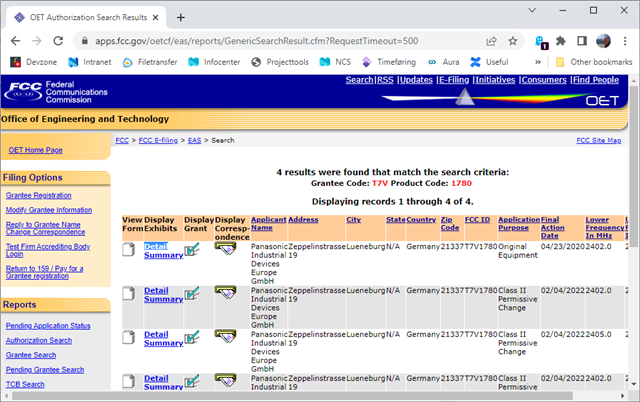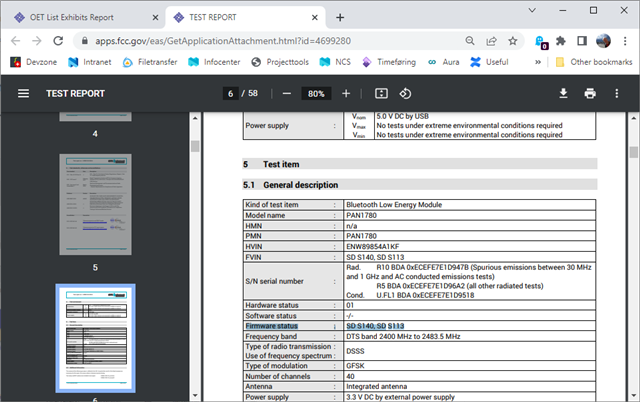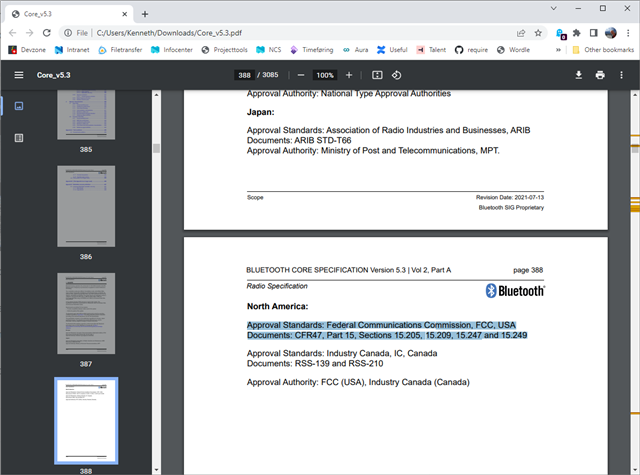We're evaluating options regarding pre-certified modules. Usually modules are certified using a specific SoftDevice. The module we liked to use is FCC (and more) certified using S113 and S140.
I understand Zephyr no longer uses the same SoftDevice found in the nRF SDK. The (new) nRF Connect SDK can use a SoftDevice Controller with Zephyr Host. nRF Connect SDK no longer seems to use the S113 en S140 labels since version 1.5.0.
Current documentation: https://developer.nordicsemi.com/nRF_Connect_SDK/doc/latest/nrfxlib/softdevice_controller/README.html
Documentation 1.4.2: https://developer.nordicsemi.com/nRF_Connect_SDK/doc/1.4.2/nrfxlib/softdevice_controller/README.html
Did NCS just relabel the SoftDevices or is the current SoftDevice a completely different version and might the FCC certification no longer apply?







